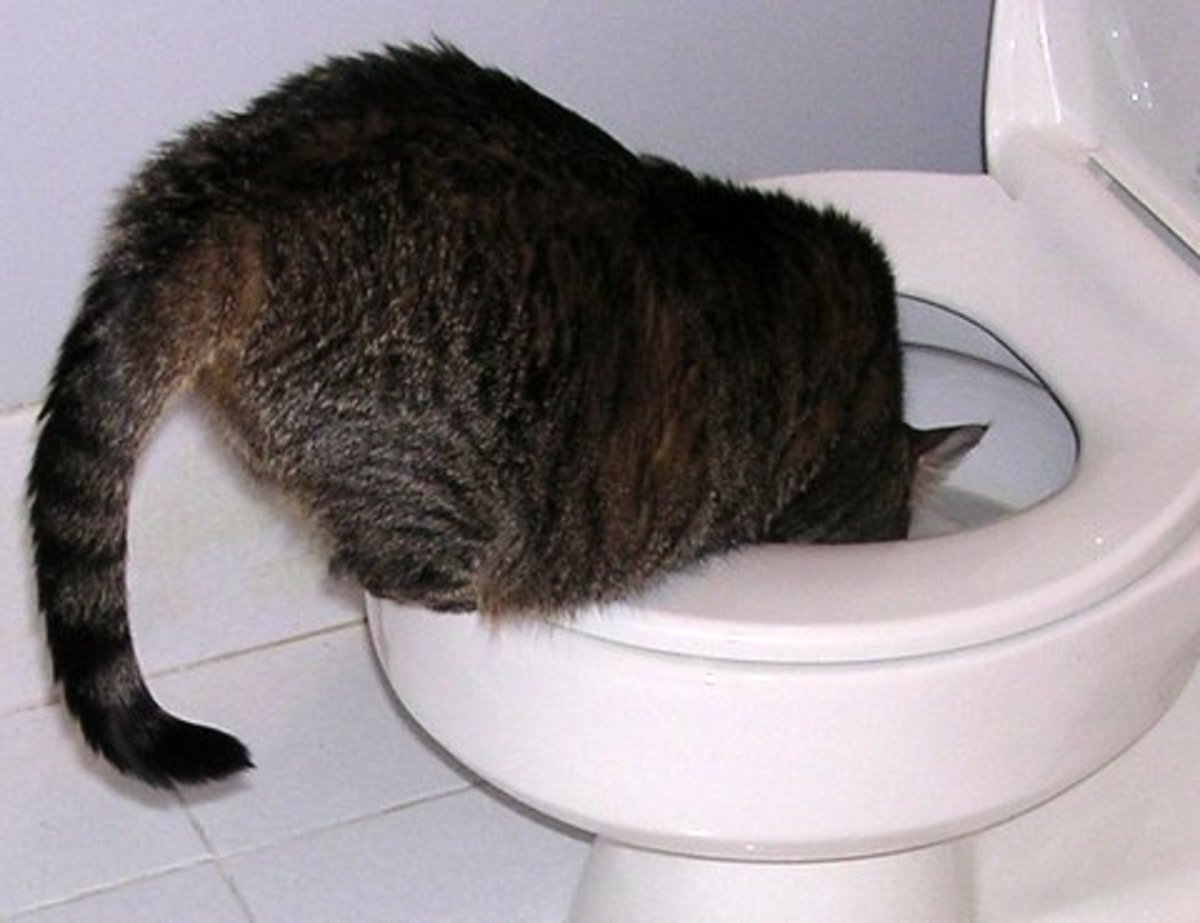My Dangers of Animal Waste in the Toilet
My Dangers of Animal Waste in the Toilet
Blog Article
We have noticed the article involving Can You Flush Dog and Cat Poo Down the Toilet? below on the internet and believe it made sense to relate it with you on my blog.

When it pertains to taking care of waste, especially animal waste, lots of people typically turn to the convenient alternative of flushing it down the toilet. Nevertheless, this apparently easy solution can have significant consequences for the environment and public health. In this write-up, we'll check out why flushing pet waste down the commode is a bad idea and provide different methods for proper disposal.
Introduction
Correct waste disposal is crucial for maintaining ecological sustainability and public health. While it may seem safe to flush animal waste down the toilet, it can result in different issues, both for the setting and human well-being.
Dangers of flushing pet waste
Environmental effect
Flushing animal waste introduces damaging germs and pathogens into waterways, which can negatively affect water ecosystems. These pathogens can infect water resources and damage marine life, disrupting delicate ecosystems.
Public health problems
Animal waste includes harmful microorganisms such as E. coli and Salmonella, which can present serious health and wellness threats to humans. Flushing animal waste down the toilet can infect water products, resulting in the spread of conditions and infections.
Alternatives to flushing
As opposed to flushing pet waste down the toilet, there are numerous alternate disposal techniques that are extra eco-friendly and hygienic.
Composting
Composting pet waste is an environment-friendly means to take care of it. By composting, organic matter is broken down into nutrient-rich soil, which can be made use of to feed yards and plants.
Landfill disposal
Throwing away animal waste in a land fill is one more option. While not as environmentally friendly as composting, it is a much safer option to flushing, as it protects against the contamination of water sources.
Animal waste disposal systems
There are specific pet waste disposal systems readily available that securely and hygienically throw away pet waste. These systems commonly utilize enzymes to break down waste and eliminate smells.
Actions to proper animal waste disposal
To make certain appropriate disposal of pet waste, adhere to these steps:
Scooping and landing waste
On a regular basis scoop and bag animal waste using biodegradable bags. This avoids waste from infecting the atmosphere.
Utilizing marked waste bins
Dispose of bagged pet waste in marked waste bins, such as compost containers or land fill bins. Avoid flushing it down the bathroom in any way costs.
Cleaning up litter boxes and animal locations on a regular basis
On a regular basis tidy can and family pet locations to prevent the accumulation of waste and germs. Usage pet-safe cleansing items to keep health.
Benefits of proper disposal approaches
Embracing correct disposal techniques for animal waste offers several benefits:
Decreased environmental pollution
Appropriate disposal techniques lower the danger of environmental pollution, safeguarding waterways and ecological communities from contamination
Decreased threat of water contamination.
By avoiding flushing pet waste down the toilet, the risk of water contamination is dramatically reduced, guarding public health.
Boosted cleanliness and hygiene
Appropriate disposal approaches promote far better sanitation and hygiene, creating a safer atmosphere for both people and animals.
Conclusion
In conclusion, flushing pet waste down the bathroom is unsafe to the environment and public health. By taking on alternative disposal approaches and following appropriate waste management practices, we can check here reduce the negative impact of pet waste and add to a cleaner, healthier planet.
What To Do With Dog Poo – The Do's And Don'ts Of Disposing Of Faeces
Dog poo bins
Some councils provide dedicated dog waste bins in popular dog-walking areas that can take dog poo that has been bagged but you can legally dispose of dog waste in any public litter bin, as long as it is securely bagged. This also applies to your wheelie bin at home.
Do not flush
Water companies do not recommend flushing dog faeces down the toilet because certain parasites can survive the water processing treatment and are potentially harmful to humans. You should also never consider flushing dog poo that has been bagged down the toilet as the bags will not break down and instead create severe blockages in the sewage system.
In the woods
The Forestry Commission promotes a ‘stick and flick’ method for dealing with waste in the woods. This means finding a stick and using it to flick any poo from off the path so that it is out of the way of other walkers. You could also bury it as long as it is not in an area where there might be livestock.
Livestock
Parasites found in dog poo can be transmitted to livestock if they inadvertently eat infected faeces that has been left on grazing land. This could result in the death of sheep or abortion in cattle so you should always make sure you pick up your dog’s waste in fields where livestock could be present.

Do you like reading up on Should you flush animal waste down the toilet? Leave a remark down below. We'd be pleased to see your opinions about this article. In hopes to see you back again in the future. Liked our blog entry? Please share it. Let others locate it. We treasure reading our article about .
Click Here Report this page